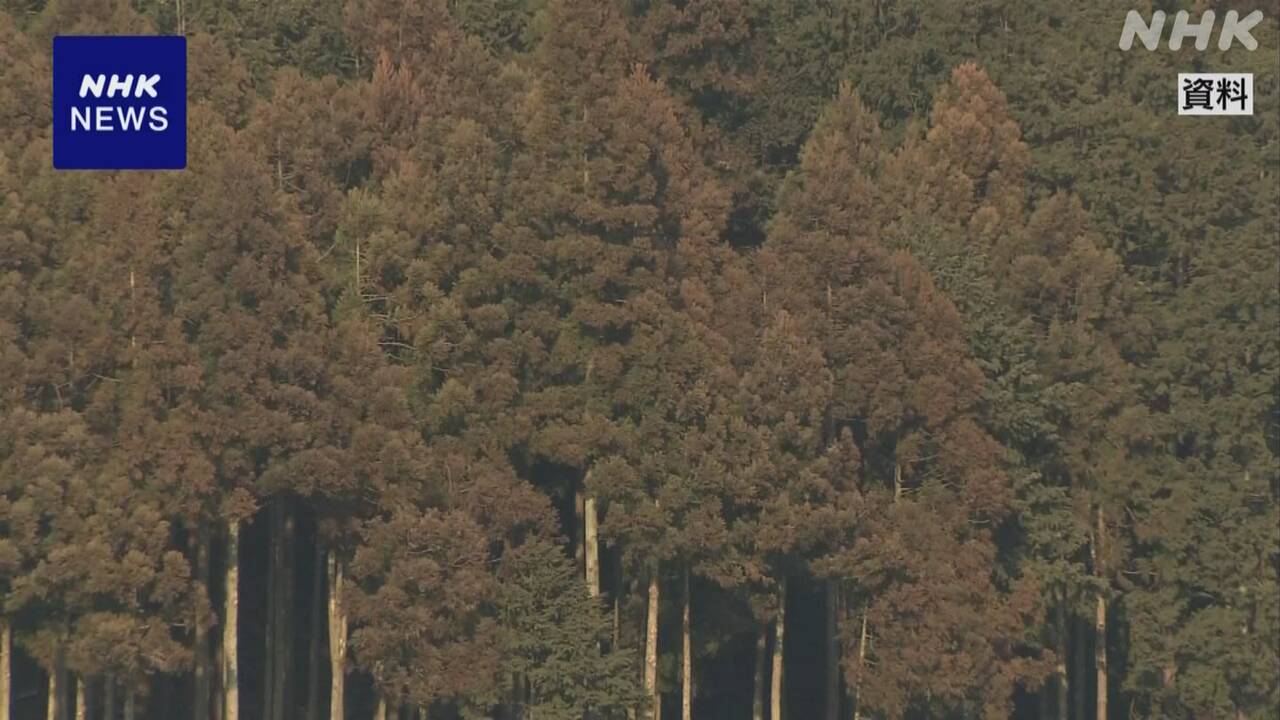As a countermeasure against hay fever, which plagues many people, 980,000 hectares, or approximately 20% of Japan's artificial cedar forests, have been designated as ``priority areas'' where each prefecture will intensively cut down and replant trees. specified.
The government has set a goal of halving the amount of cedar pollen produced in 30 years as a measure to combat hay fever, which plagues many people.
Each prefecture is supposed to designate "priority areas" in which artificial cedar forests around urban areas will be cut down and replanted with seedlings that produce less pollen, according to a report compiled by the Ministry of Agriculture, Forestry and Fisheries this month. , 980,000 hectares, or approximately 20% of the total cedar plantation, has been designated.
By prefecture, Aichi Prefecture has the largest area with over 50,000 hectares, while Mie and Nara prefectures also have over 40,000 hectares designated.
On the other hand, Kagawa and Okinawa prefectures, which have few planted cedar forests, are not designated as such.
In ``priority areas'', the national and local governments will subsidize 70% of forestry cooperatives and others for felling and replanting, and the national government will subsidize about half of the cost of maintaining forest roads.
In addition, the Ministry of Agriculture, Forestry and Fisheries will support the introduction of high-performance machinery and encourage the use of felled cedar for housing in order to address the labor shortage in the forestry industry.

